The Second Batch of New Energy Vehicles Promotion Catalogue of Ministry of Industry and Information Technology in 2020 has been Announced
It can be seen from the catalogue that the new energy vehicle market is still very hot, and major car companies are taking real actions to improve their product competitiveness.
Today, we have sorted out a part of the pure electric vehicle models, including BYD’s flagship sedan Han, the Geometry C under Geely, SAIC’s Roewe Ei6, GAC and NIO’s joint venture HECHUANG 007, Buick’s VELITE 7, and the new Baojun E300. If there is no accident, these models will be listed in 2020. Friends who plan to purchase a car can pay attention to them in advance, and today we will give you a spoiler.
1. BYD Bets on Blade Battery and Launches the Heavyweight Pure Electric Vehicle Han EV
As one of the heaviest models of BYD in 2020, Han continues the family design language of BYD “Dragon Face”. In terms of size, the new car has a length, width, and height of 4980*1910*1495 mm, and a wheelbase of 2920 mm. It is positioned as a medium-sized sedan, and the overall size is similar to Tesla Model S, slightly larger than the long-axis version of BMW 3 Series.
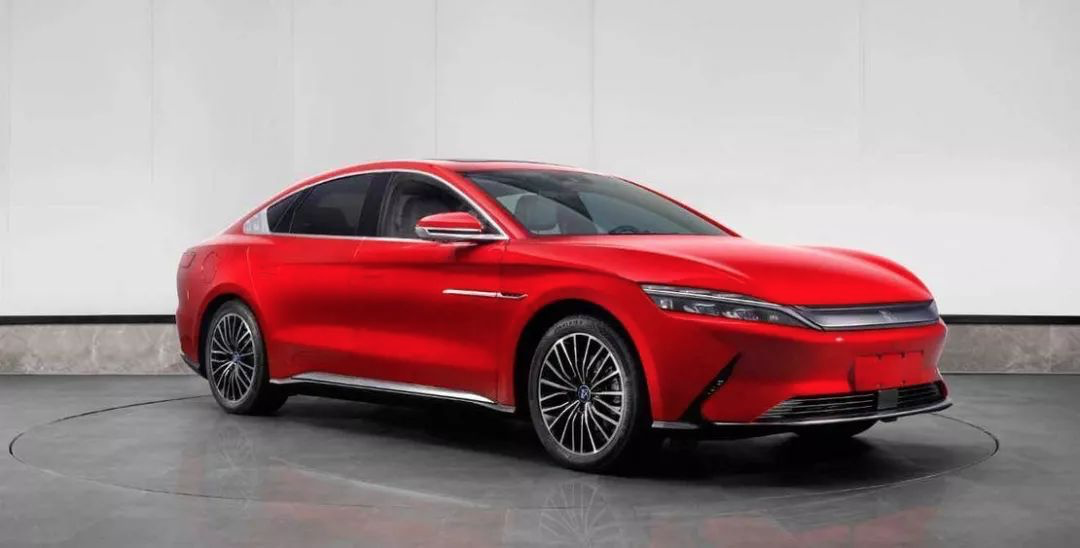
From the few leaked interior images on the Internet, we can see that BYD has put a lot of effort into this flagship sedan, with a large number of brushed metal parts and contrasting leather, creating a luxurious atmosphere.
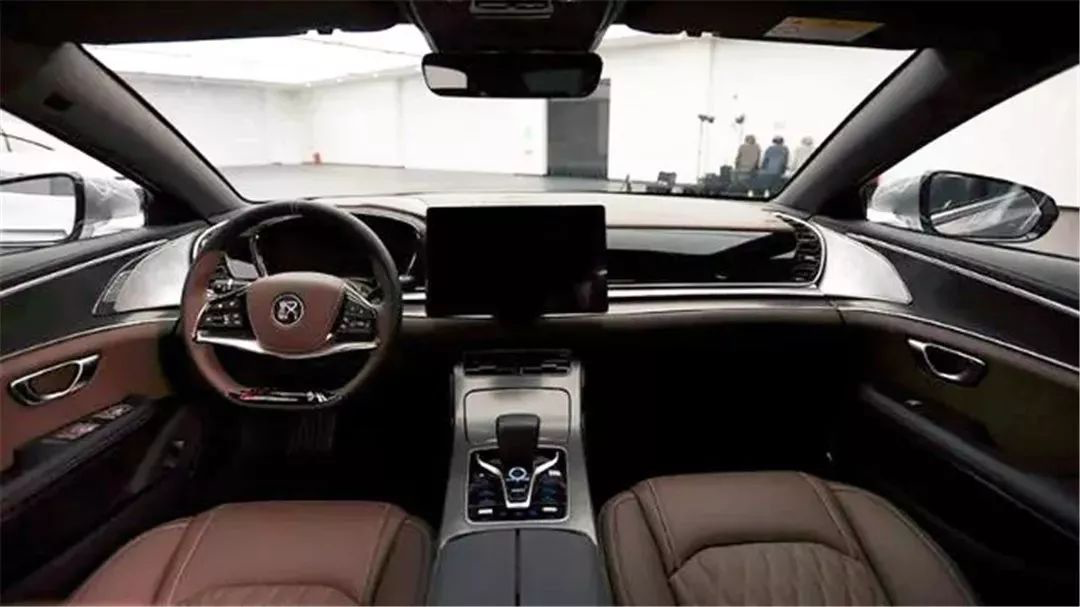
The pure electric version has two versions, two-wheel drive and four-wheel drive. The front-wheel drive version adopts a single-motor drive, with a maximum output power of 163 kW and NEDC range of 605 kilometers. The four-wheel drive version is a front and rear dual-motor drive, with a total maximum output power of 363 kW, and NEDC range of 550 kilometers.
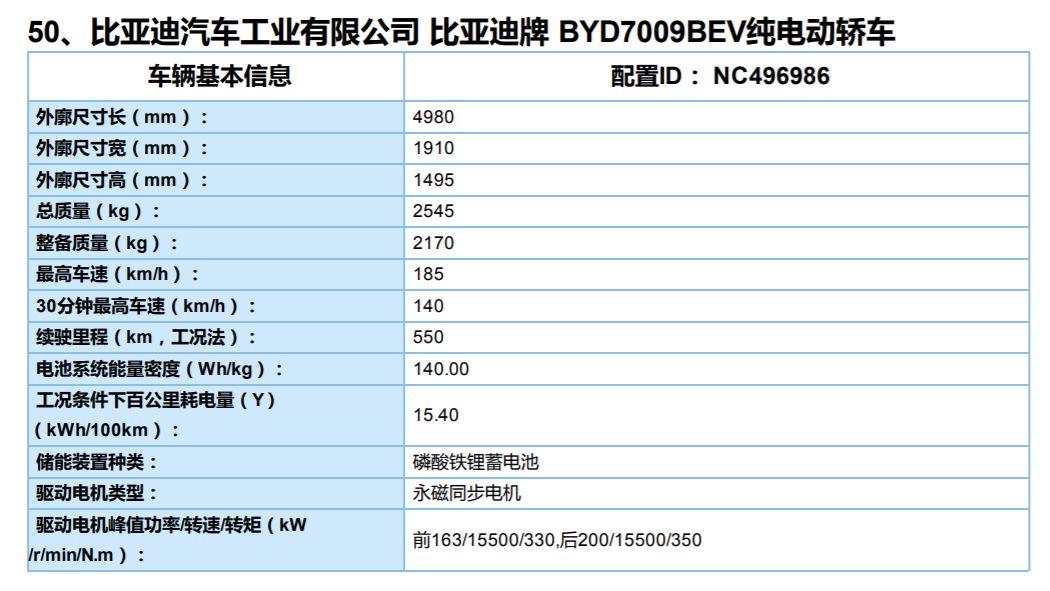
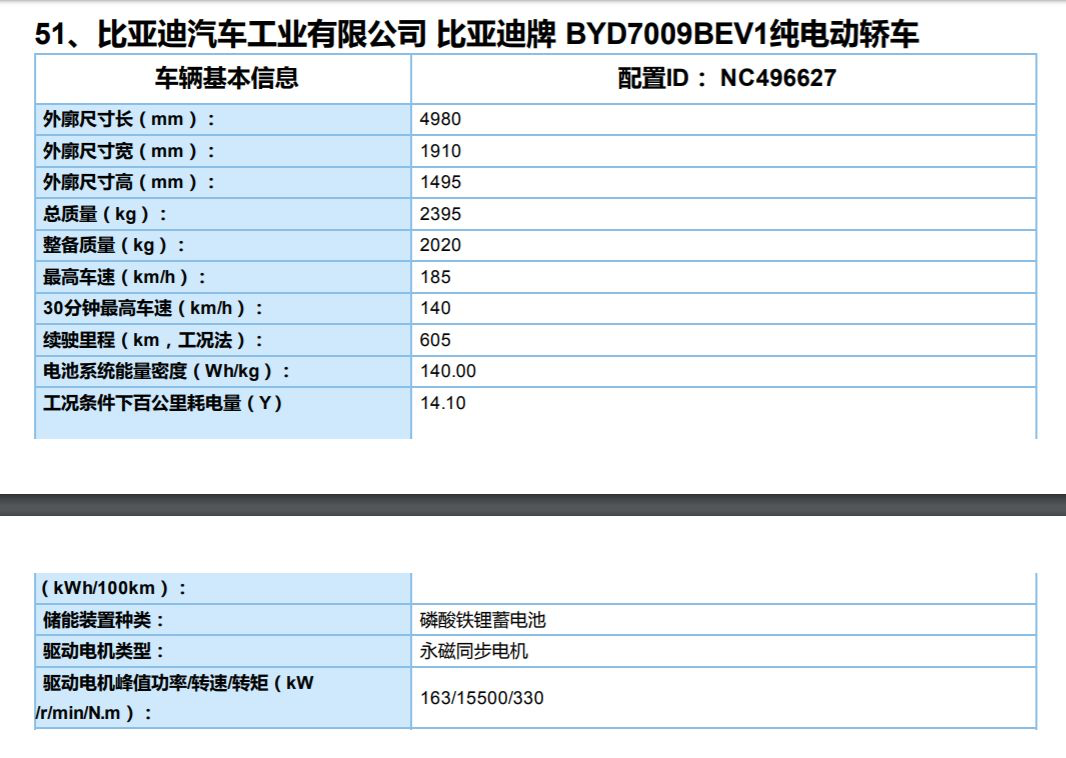 The Pure Electric BYD Han will adopt the latest development of BYD’s “blade battery”, which has increased its “volumetric energy density” by 50% compared to traditional iron batteries. In simple terms, it can accommodate larger capacity batteries in the same space. However, because the blade battery uses lithium iron phosphate materials, the energy density of the BYD Han’s battery system is only 140 Wh/kg, which also leads to the curb weight of the two-wheel drive and four-wheel drive models being 2020 kg and 2170 kg respectively, which is quite heavy. In any case, this year BYD Han’s cruising range is among the top tier. However, it’s not enough to have just this cruising ability to sell well. The final selling price also needs to be considered.
The Pure Electric BYD Han will adopt the latest development of BYD’s “blade battery”, which has increased its “volumetric energy density” by 50% compared to traditional iron batteries. In simple terms, it can accommodate larger capacity batteries in the same space. However, because the blade battery uses lithium iron phosphate materials, the energy density of the BYD Han’s battery system is only 140 Wh/kg, which also leads to the curb weight of the two-wheel drive and four-wheel drive models being 2020 kg and 2170 kg respectively, which is quite heavy. In any case, this year BYD Han’s cruising range is among the top tier. However, it’s not enough to have just this cruising ability to sell well. The final selling price also needs to be considered.
- Buick’s electric SUV with a range of 500 km? Velite 7’s specifications are revealed externally.
From the data revealed, the Buick Velite 7 has a range of 500 km under working conditions. This is Buick’s first pure electric SUV, and it is currently the longest range model among joint venture brands (tied with Hyundai ix35).
From the declaration diagram, “Velite 7” has a similar overall shape to the previous generation of Encore. The length, width, and height are 426417671616 mm, and the overall body size is not much different from that of Encore, but the wheelbase has increased to 2675 mm (2550 mm for the previous generation of Encore).
Buick Velite 7 is equipped with LG’s permanent magnet synchronous motor with a motor power of 130 kW and a maximum speed of 145 km/h. From the announced data, the battery is a ternary lithium battery, but the energy density is only 133 Wh/kg. However, the curb weight is still only 1660 kg, indicating that Buick has made some efforts in controlling the weight of the car body.
Although the body size of Buick Velite 7 is not large, the 500 km NEDC cruising range has reached the mainstream level in the market. Plus, with Buick’s brand support, if there is a reasonable selling price, it will be a very competitive product in the electric vehicle market below 200,000 RMB.③ Geometry C – The World’s First Mass-Produced Autonomous Pure Electric SUV
Geometry C is the second pure electric vehicle under the Geometry brand. It is a compact electric SUV, with a body size of 4432 *1833 *1560 mm and a wheelbase of 2700 mm.

Looking at the body size, wheelbase, and appearance, it is clear that Geometry C is based on the same platform as the Emgrand GSe.
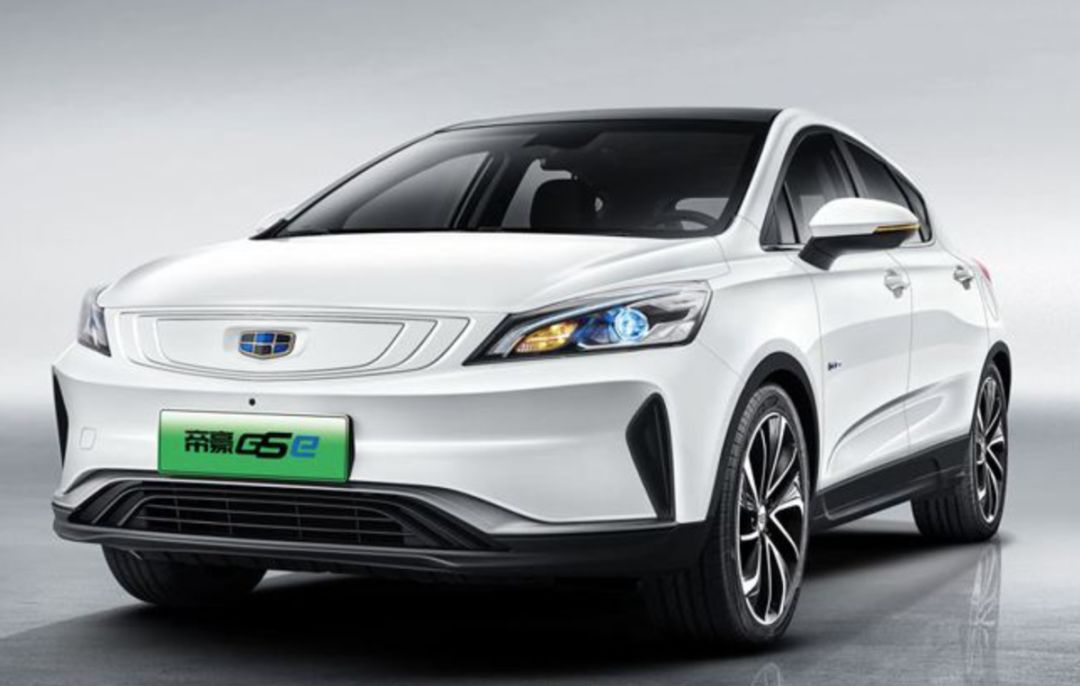
There are currently two versions of the Emgrand GSe, with NEDC ranges of 400 km and 450 km, respectively. While Geometry C also offers two versions, the standard version still has a range of 400 km, but the long-range version can reach up to 520 km. This not only increases the range by 70 km compared to the long-range version of the Emgrand GSe, making it more practical, but also reaches the current mainstream range of 500 km, making it more attractive to consumers from a psychological perspective.
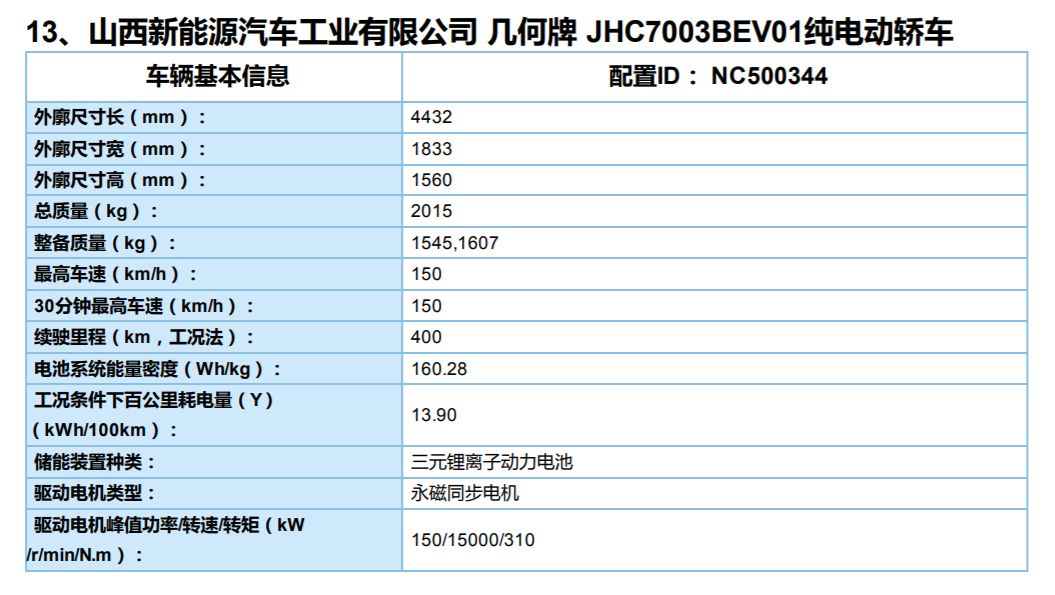
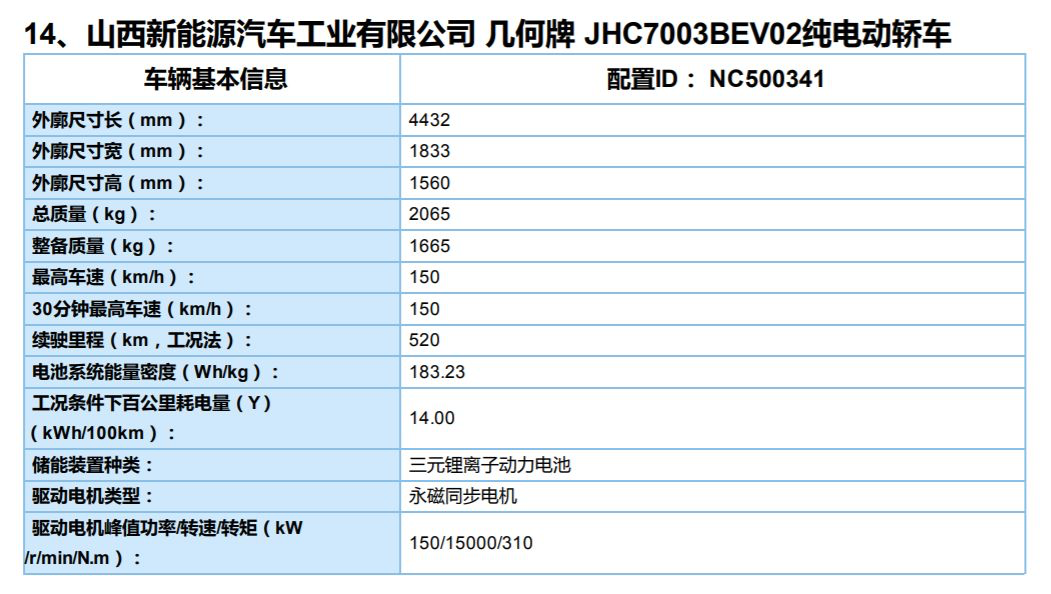
In addition, if you have paid attention to the interior design of Geometry A, you would know that it is very unique, extremely simple, and Nordic-style, with a strong design sense. It is believed that Geometry C will also continue the design style of Geometry A, and with its sporty design, it should be very popular among younger consumers.
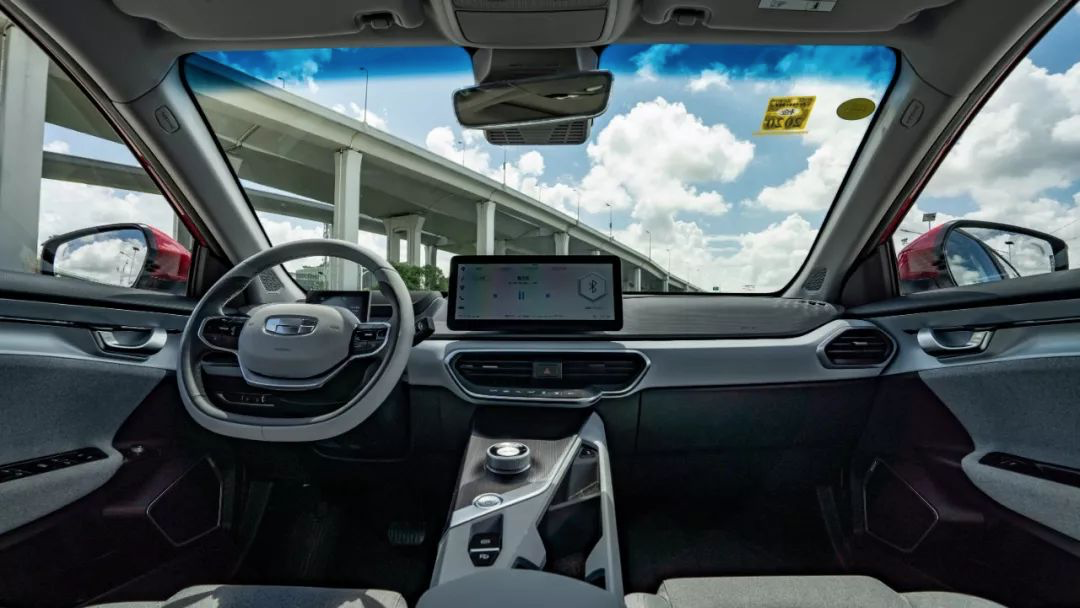
Geometry A Interior
However, the promotional poster released by Geely with the slogan “the world’s first mass-produced autonomous pure electric SUV” still shocked many people.
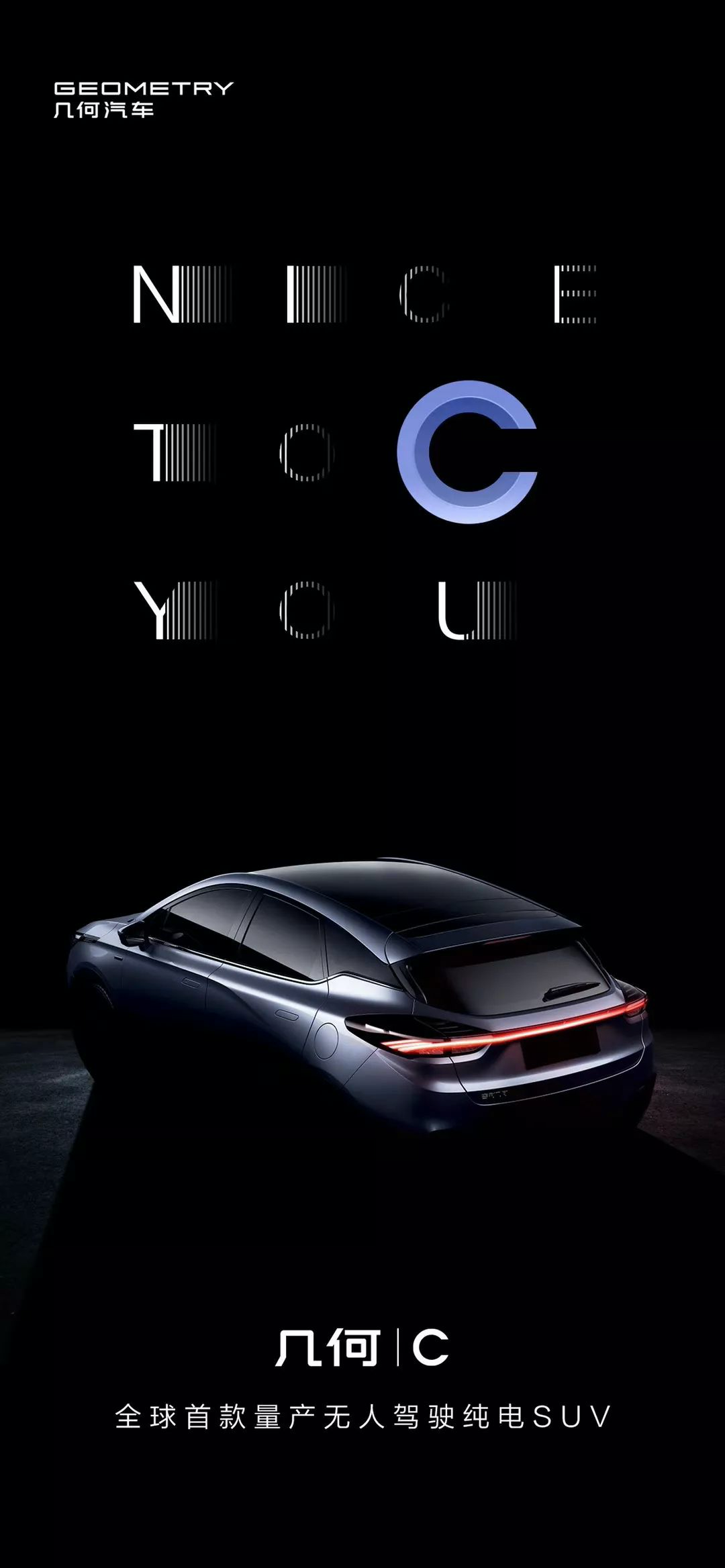 Officially, the Geely Geometry C is equipped with Geely’s self-developed “Intelligent Sensing Trackless Autonomous Driving System”, making it the first vehicle in China to combine on-board, cloud and venue-side computing. With the gradual adoption of 5G networks, the Geometry C can achieve a seamless, high-speed connection with fully automated driving technology for all road and scene conditions. Moreover, this function can be continuously upgraded and replaced through OTA updates.
Officially, the Geely Geometry C is equipped with Geely’s self-developed “Intelligent Sensing Trackless Autonomous Driving System”, making it the first vehicle in China to combine on-board, cloud and venue-side computing. With the gradual adoption of 5G networks, the Geometry C can achieve a seamless, high-speed connection with fully automated driving technology for all road and scene conditions. Moreover, this function can be continuously upgraded and replaced through OTA updates.
As for the slogan “the world’s first mass-produced pure electric SUV with autonomous driving”, I will not make any further comments. We shall wait for the actual experience after delivery to determine its usefulness.
- GAC and Nio’s new joint venture brand, HYCAN 007.
Positioned as an intelligent and high-energy pure electric SUV, HYCAN 007 is based on GAC’s new energy Aion LX GEP platform. The vehicle is 4879 * 1937 * 1680 mm in length, width, and height, respectively, with a wheelbase of 2919 mm. It is expected to be officially launched in April this year.
HYCAN 007 was officially unveiled and began pre-sales in December 2019, with a presale price ranging from 260,000 to 400,000 RMB. The NEDC range for HYCAN 007 is 523 km and 643 km, respectively. The first version with a battery capacity of 73 kWh can travel 523 km, while the other version with a battery capacity of 93 kWh can travel up to 643 km. Both versions use 811 ratio ternary lithium batteries from CATL.
Since HYCAN 007 is a joint venture between GAC and NIO, it still has some of NIO’s design and related services, such as the futuristic front-end design with an air intake grille found on the bumper, and the vehicle’s design of floating roof and hidden door handles resembling the ES6 from NIO.
Moreover, the interior design of HYCAN 007 features the installation of a “Little CAN” Smart Car-mounted Robot Intelligent Interaction System. This is similar to NIO’s NOMI. The entire interior design is relatively simple, with a unique L-shaped three-display design for the central control screen and LCD instrument panel.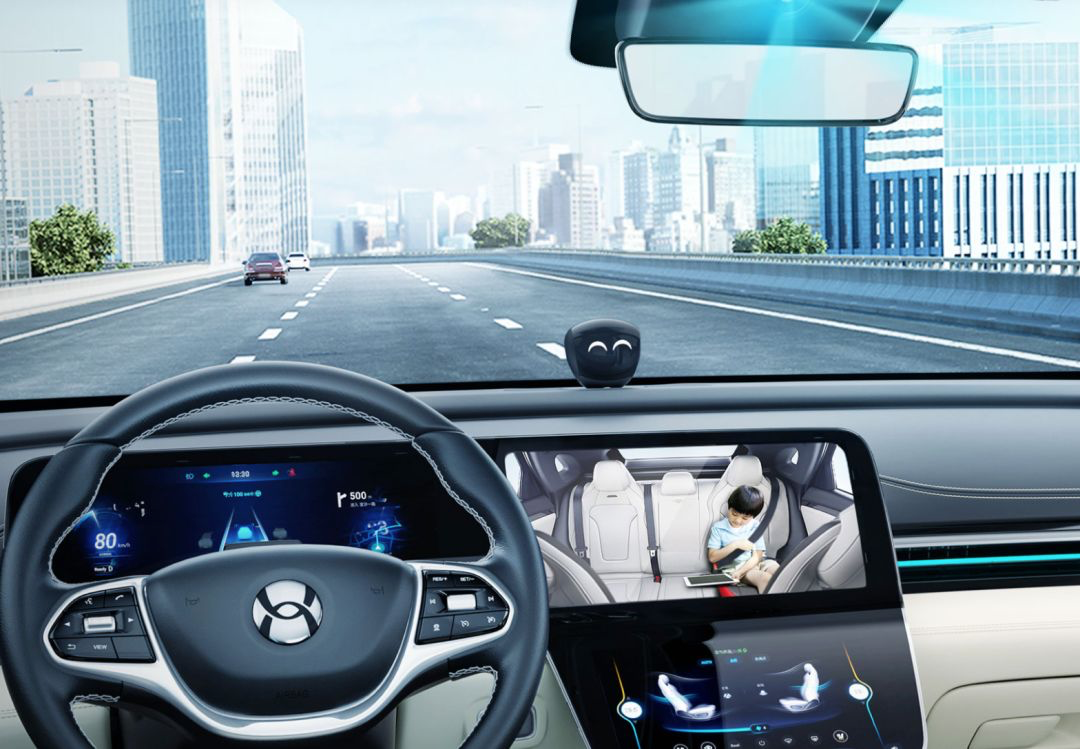
However, the biggest problem is that Hycan 007 and Guangqi Aion LX highly overlap in terms of body size, range, and price range, so here comes the question, which one do people lean more towards?
⑤ A New Player Show up with a long range – Roewe Ei6 with a 605km NEDC
Roewe Ei6’s information released by MIIT this time showed a comprehensive range of up to 605 kilometers, with a specific energy density of 180.10 kW / kg in the Lithium-ion Battery. The Roewe Ei6 is equipped with a peak power of 135 kW permanent magnet synchronous motor. Under working conditions, the power consumption per 100 kilometers is 12.6 kWh. The original plan was to officially unveil the new car at the 2020 Beijing Auto Show.
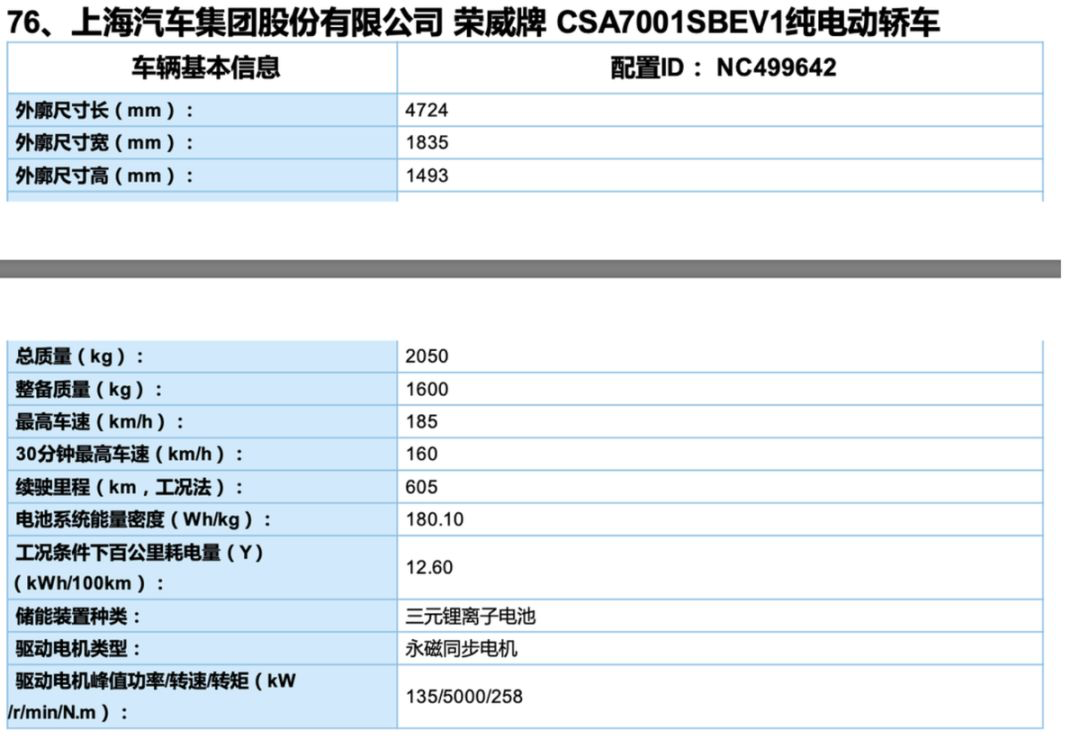
In terms of size, the length, width and height of Roewe Ei6 are 4724 1835 1493mm, and the wheelbase is 2715mm. From the pictures exposed this time, the headlight of the car has been well designed, making it look like it is through the entire headlight, while retaining the air intake grille.
In addition, the front face of the new car cancels the traditional Roewe logo and uses the “ROEWE” English sign which looks more advanced. Another highlight is that the roof of the car is completely covered with a piece of glass, increasing the transparency of the car and making it look more integrated. However, it is unknown if the car will be too hot to use in summer.
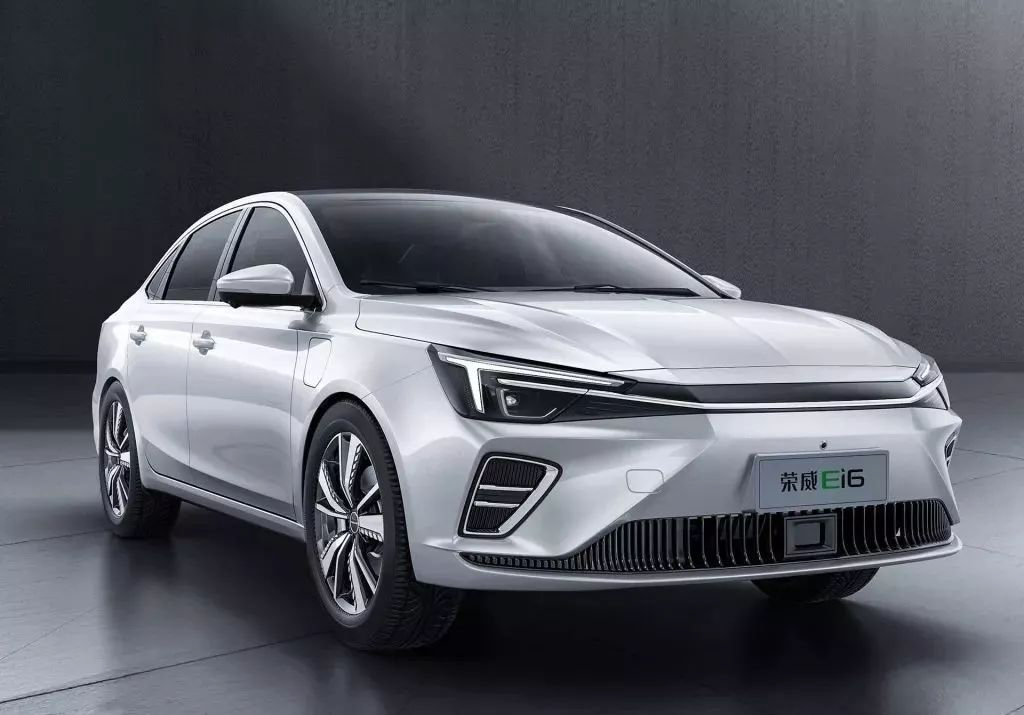
Roewe Ei6
Last year, the hottest compact electric cars were BYD Qin Pro EV, Geely Geometry A, and Guangqi Aion S. Their commonality is that they all achieved the maximum range breakthrough of NEDC over 500 km. In comparison, SAIC’s performance in electric vehicles in the previous two years was somewhat unsatisfactory. Currently, Roewe Ei5 with a range of only 420 km is the longest-range electric car on the market. No wonder, in the entire 2019, except for several refurbished models, Roewe new energy models barely launched despite having various powertrains.
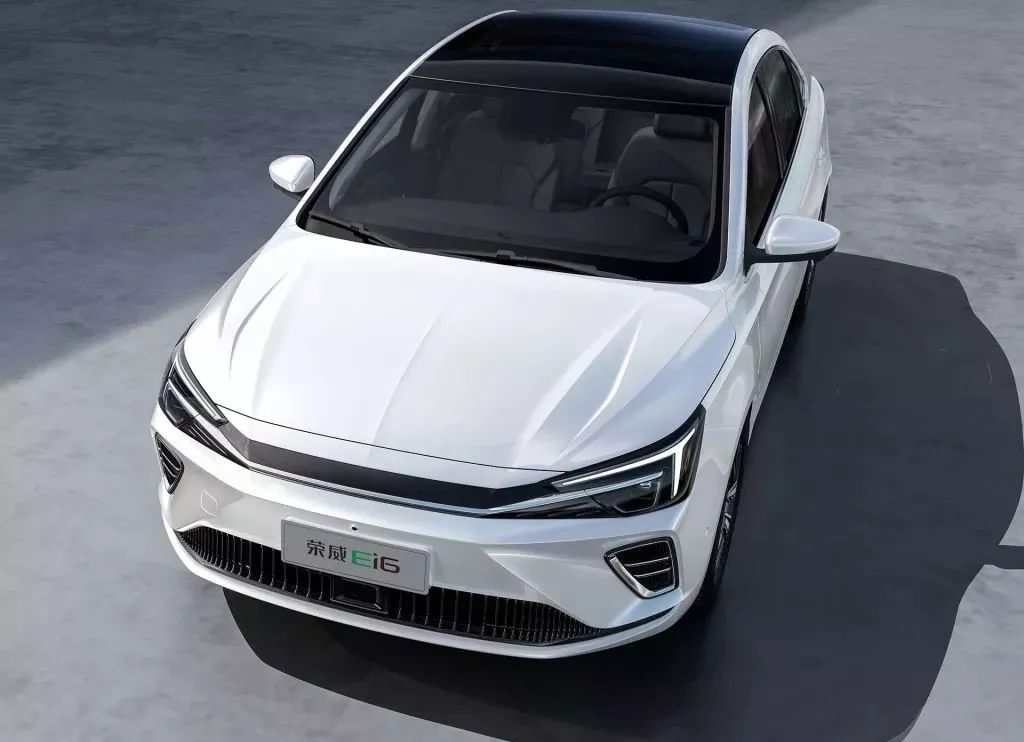
Roewe Ei6And this time, the emergence of the Ei6 directly achieved a NEDC range of 605 km, which is believed to be very competitive with a reasonable price.
⑥ Cute and Lovely “Little Cutie” – New Baojun E300
The new Baojun E300 adopts the new LOGO design of Baojun, with the letters “BAO JUN” replacing the original horse-shaped design. The overall appearance looks personalized and cute.
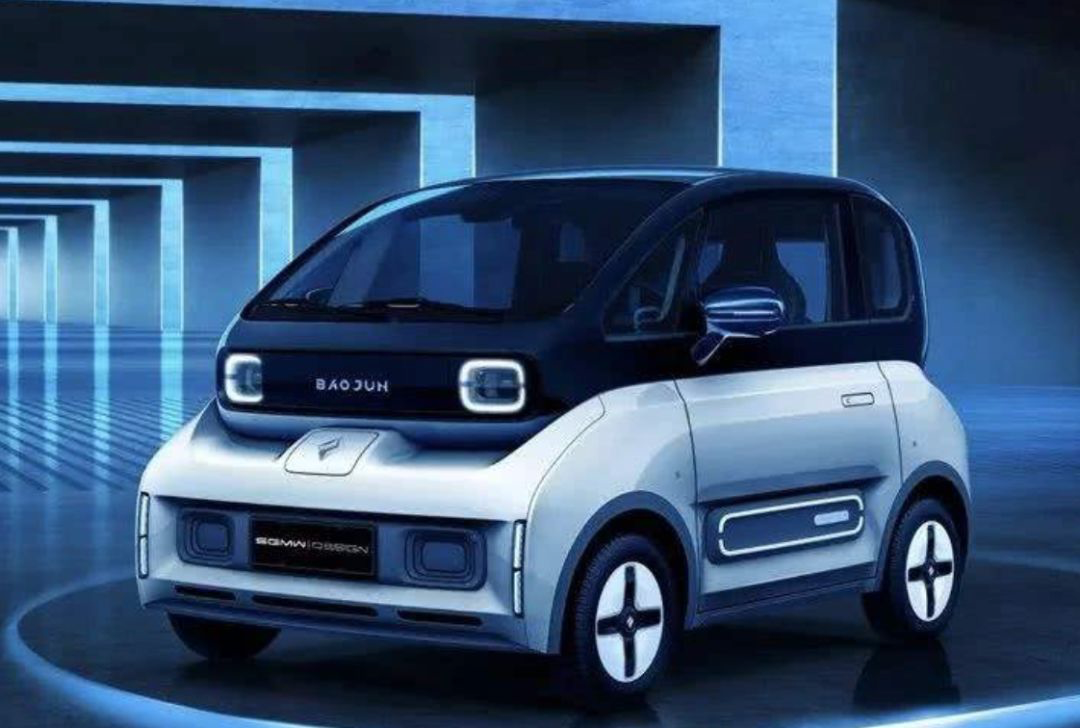
According to the pure electric driving range under the working conditions announced by the Ministry of Industry and Information Technology, they are 305 km and 206 km respectively, and the battery is a lithium iron phosphate battery. The maximum speed is limited to 100 km/h. In addition, there are two sizes available for this car: 262516471588mm and 289416551595mm. As for space, users can choose from 2 or 3 seats for the new Baojun E300.

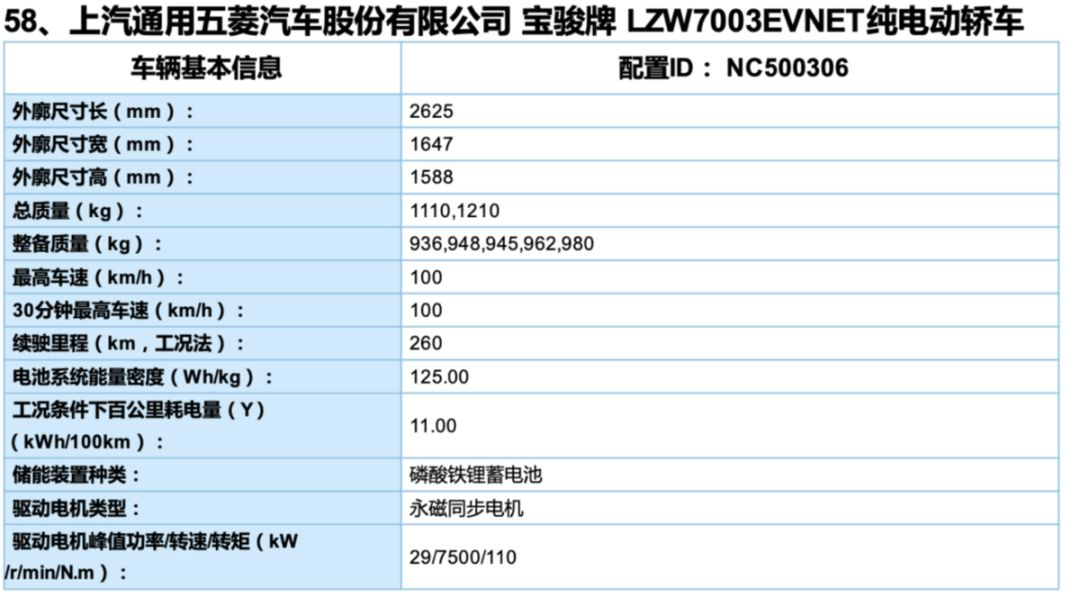
During the press conference, the officials announced that the car’s system will be equipped with Huawei’s HiCar smart interconnected system. Currently, many car companies are focusing on long range and large space, but Baojun has chosen to enter into the micro-commuting car market. After releasing the new car, the most direct competitors will be Chery Small Ant and Ora R1. Compared with these competitors, Baojun E300 does not have the same advantages in size and range.
From the Ministry of Industry and Information Technology’s second batch of new energy promotion catalog of 2020, there will be a large number of new energy vehicle models launched this year. From the data, mainstream household cars have basically entered the 500 km range, and some long-range versions can even achieve a range of 600 km.
More and more traditional car companies are increasing investment in the field of new energy, whether it is new forces on the curve overtaking or traditional car companies catching up, the battle in the electric vehicle market is entering the later stage.
In January 2020, at the China Electric Vehicle Hundred People Summit, Minister Miao Wei of the Ministry of Industry and Information Technology stated that new energy vehicle subsidies will not be further reduced in July 2020, and policies on double points will also be further improved. Next, China’s new energy vehicle industry must face the market and meet the challenges.
This article is a translation by ChatGPT of a Chinese report from 42HOW. If you have any questions about it, please email bd@42how.com.
